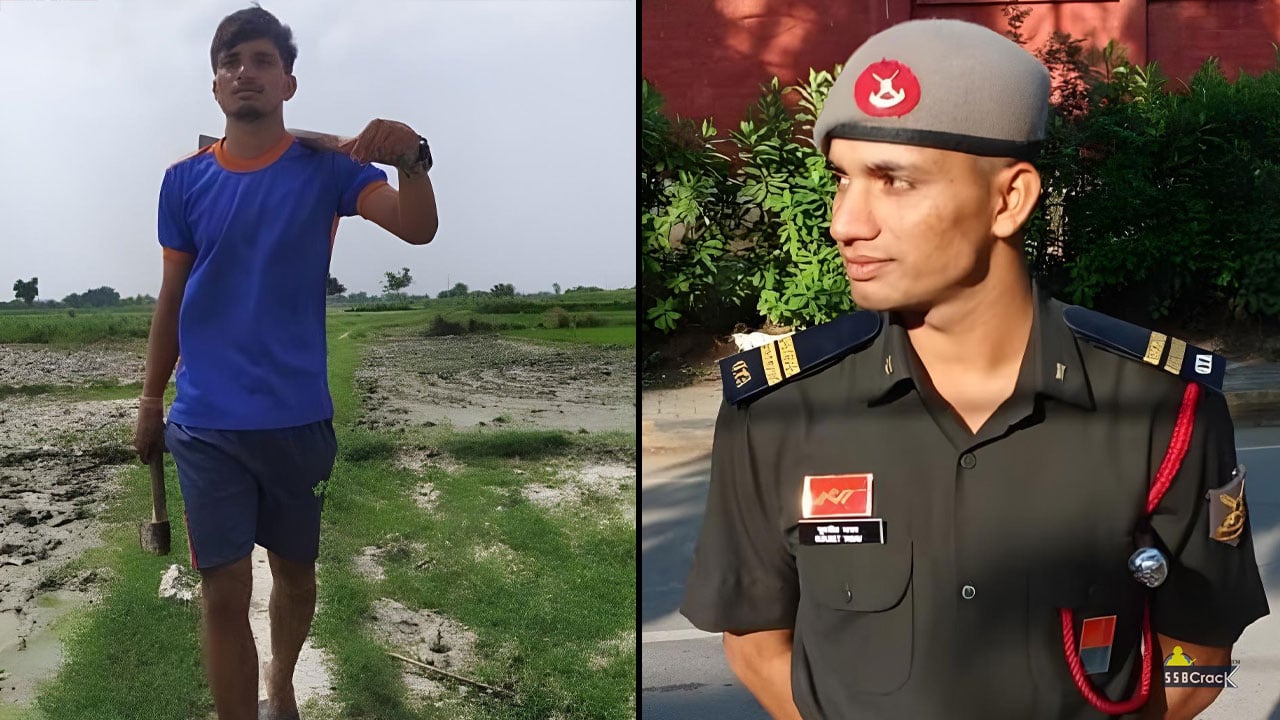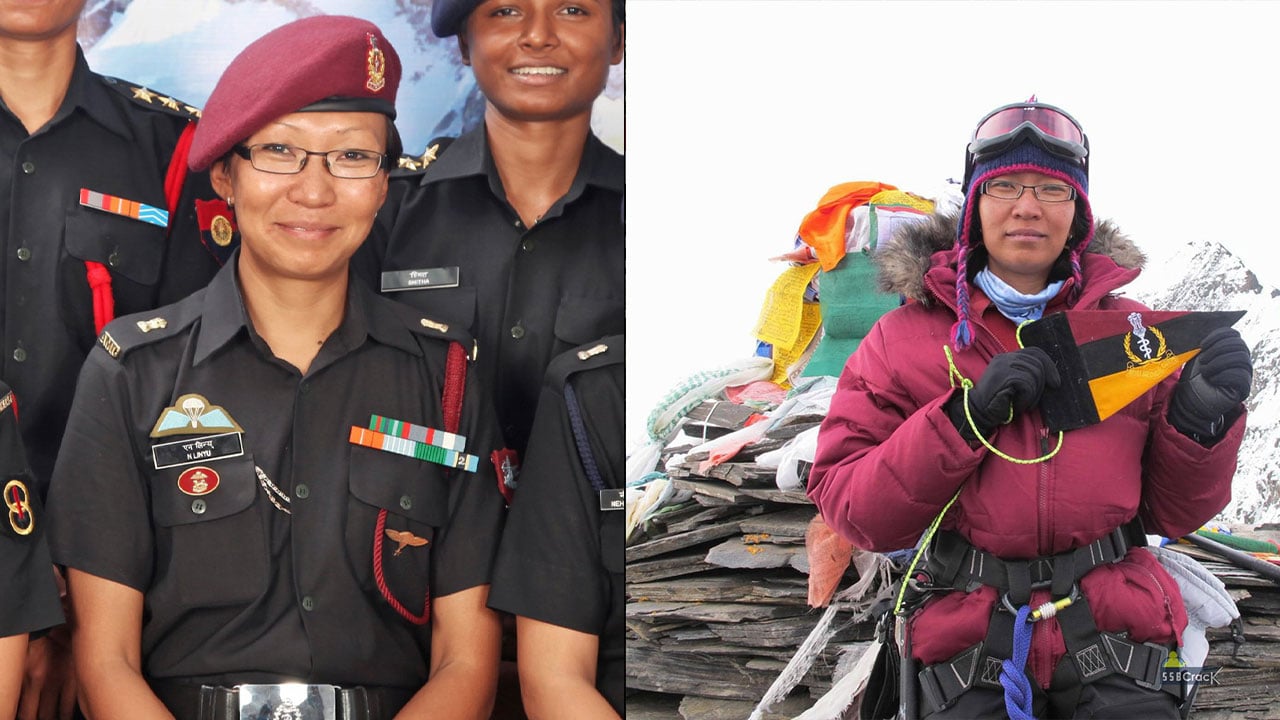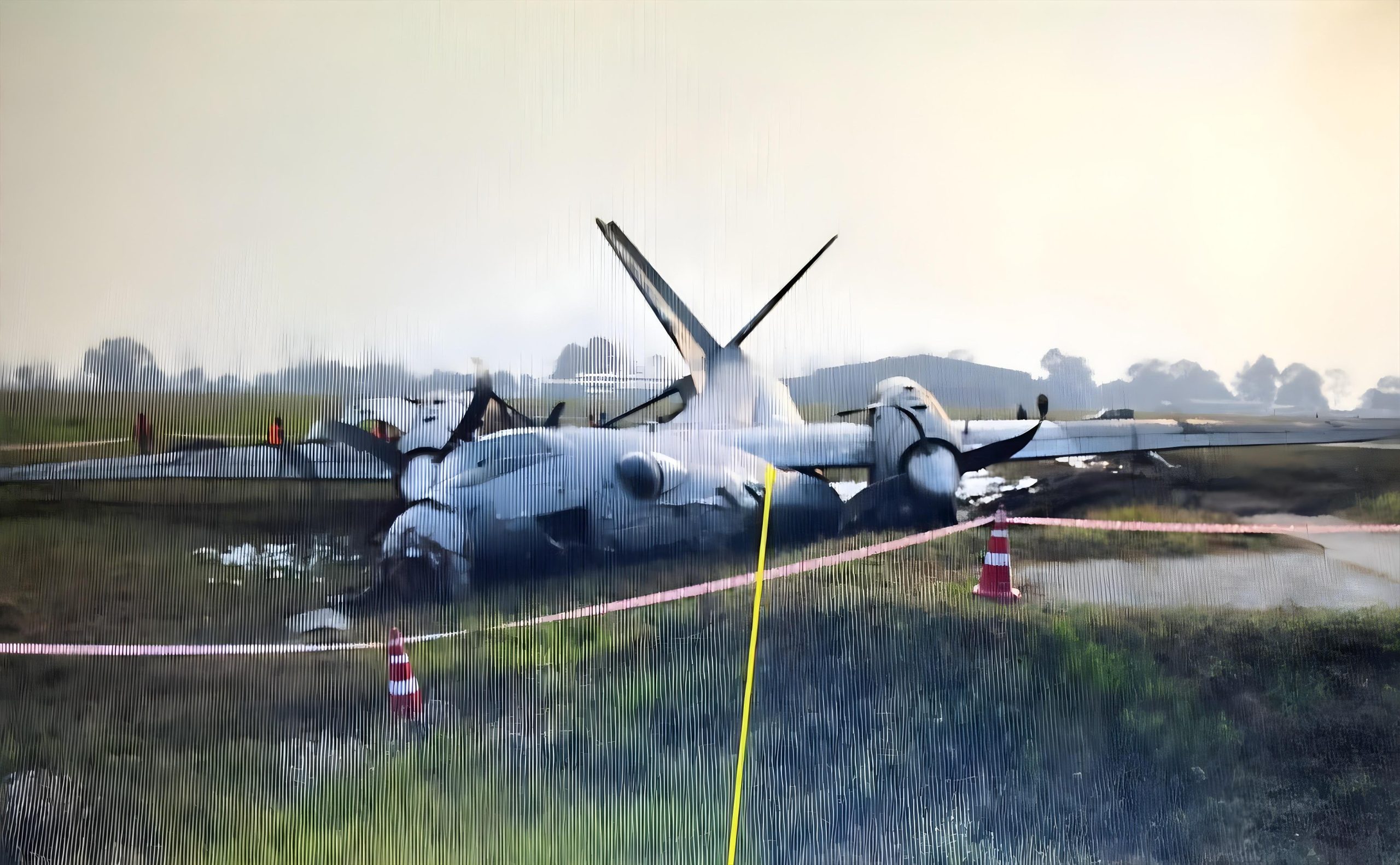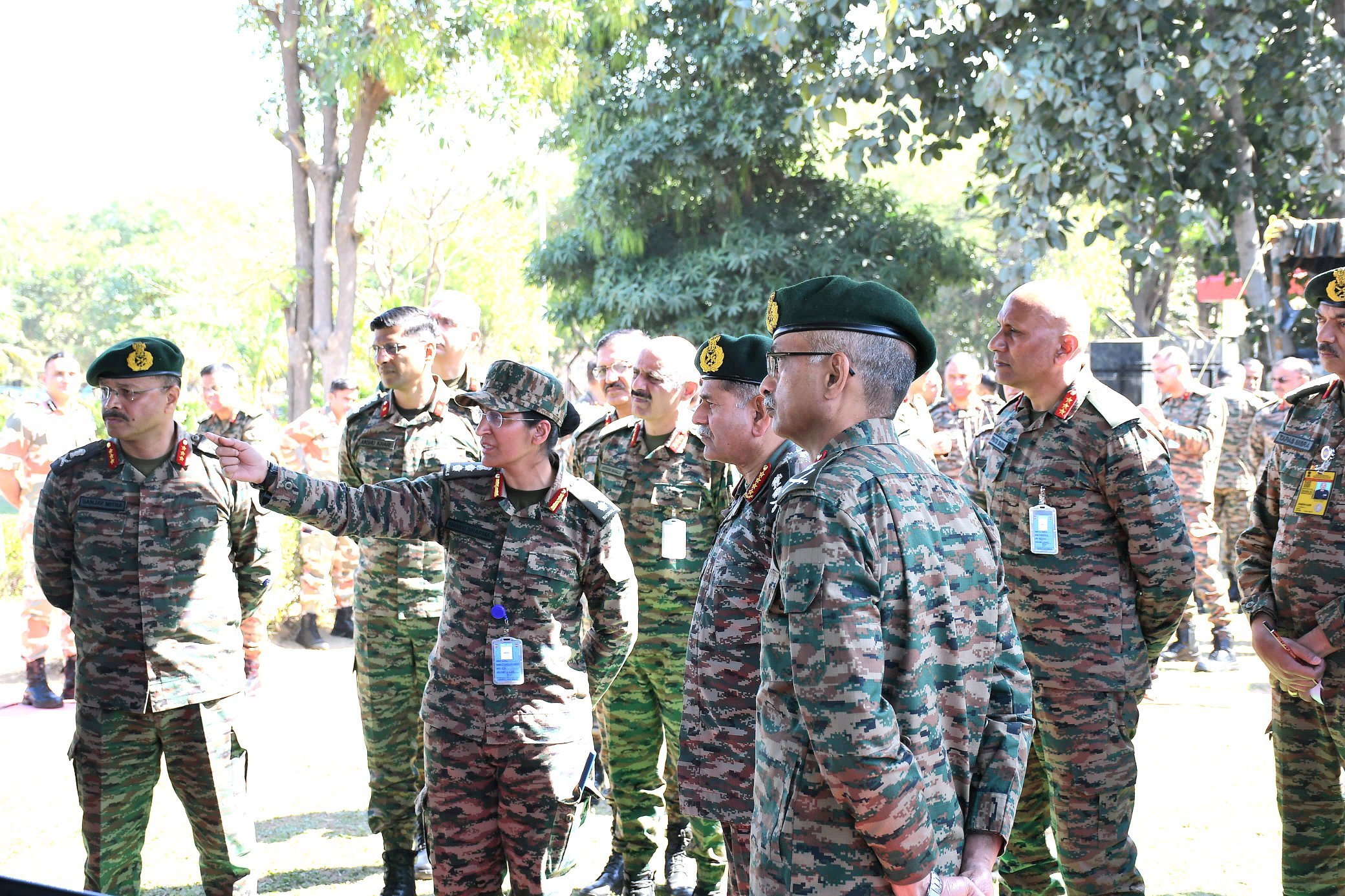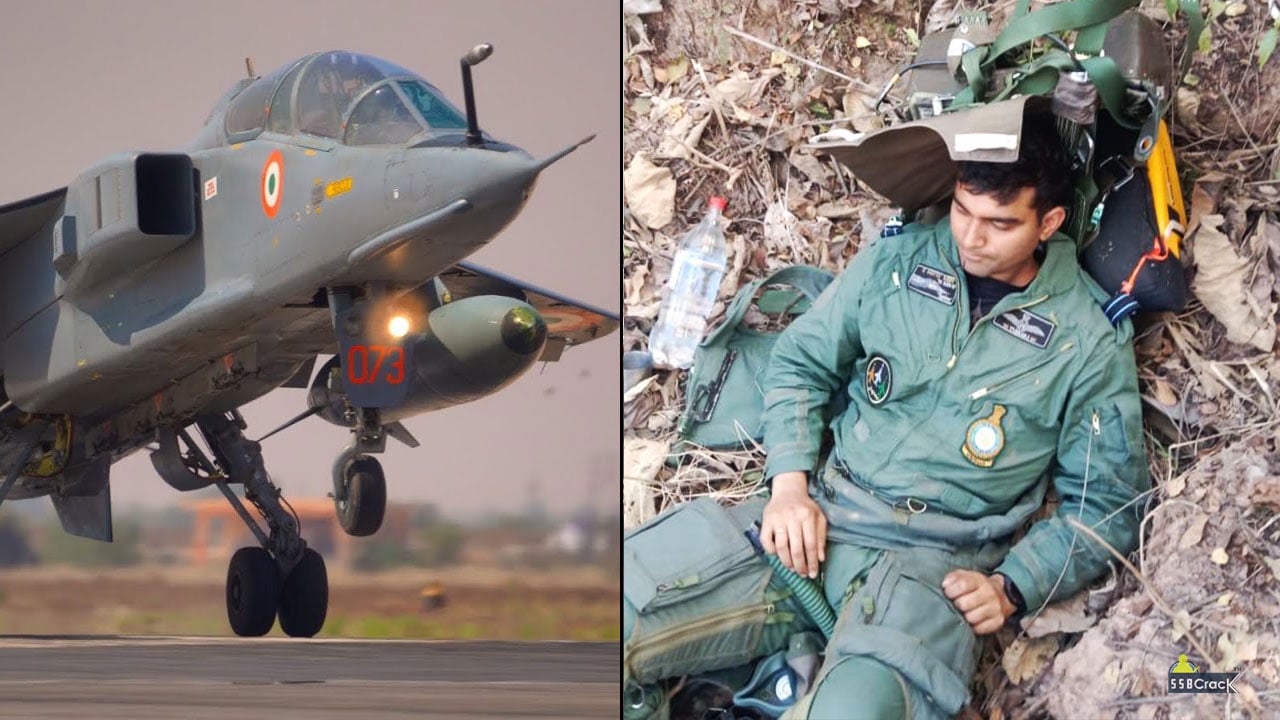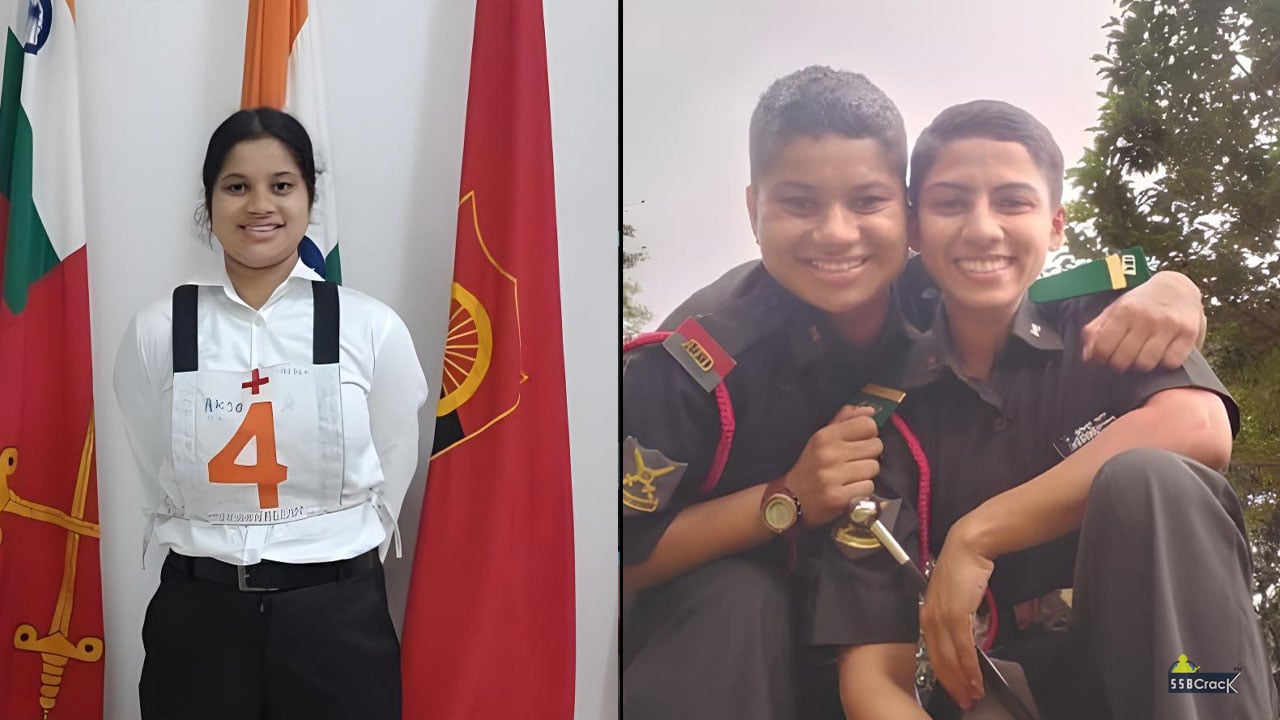Inspiring Journey of Academy Cadet Adjutant Surjeet Yadav Will Motivate You To Join The Army
Life often presents challenges that test our endurance, patience, and determination. The story of ACA Surjeet Yadav is a shining…
Meet Wing Commander N Linyu First AMC Officer to Scale Mt. Everest
As the world celebrates International Women’s Day, it is a moment to recognize and honor the achievements of women who…
After Jaguar, AN-32 Aircraft Crash-Lands in West Bengal
In a concerning turn of events, the Indian Air Force (IAF) witnessed two aircraft incidents on the same day. A…
General Upendra Dwivedi Visits Strike One Corps
Chief of the Army Staff (COAS), General Upendra Dwivedi, visited the prestigious Strike One Corps on March 6, 2025, where…
IAF Jaguar Fighter Jet Crashes in Ambala
A Jaguar fighter jet of the Indian Air Force (IAF) crashed in Ambala today during a routine training sortie after…
Story of Officer Cadet Soni Bisht Will Motivate You To Join The Army
Life often takes unexpected turns, testing our resilience in ways we never imagined. Some rise above hardships, forging a path…

